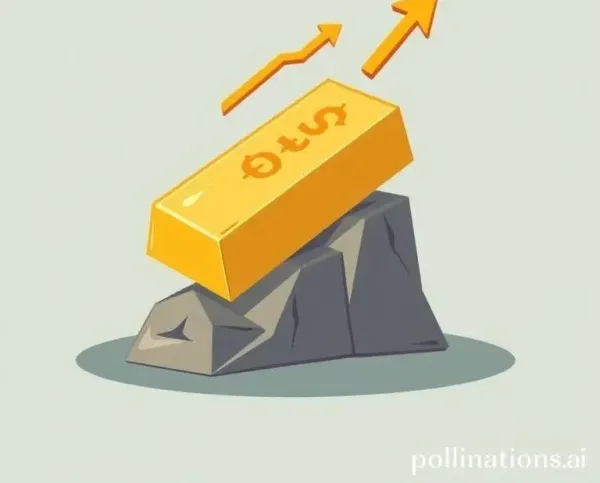Navigating International Bank Transfers: What You Need to Know
Learn the essentials of international transfers to avoid common pitfalls.
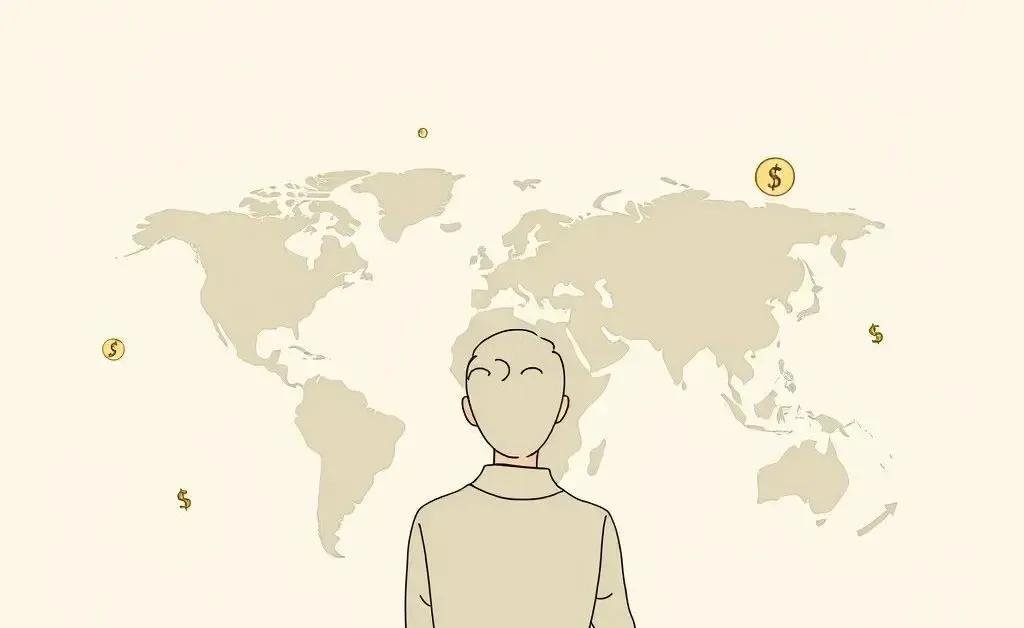
Have you ever found yourself staring at the screen, unsure about those extra charges on your international bank transfer? I totally understand. It can feel like deciphering a foreign language. Today, let's unravel this tangled web and help you make smarter decisions about your international transactions.
Understanding International Bank Transfer Fees
Picture this: You've made what seems like a straightforward bank transfer to a friend's account overseas. You expect the process to be seamless, but then... surprise! Unexpected charges show up on your statement. This happens often, so let's break down where these fees come from.
Banks typically charge a combination of fixed and variable fees for foreign transactions. A flat rate might be applied just for handling an overseas transfer. Then, there are conversion fees when changing your money into another currency, which can be a percentage of the amount you’re sending.
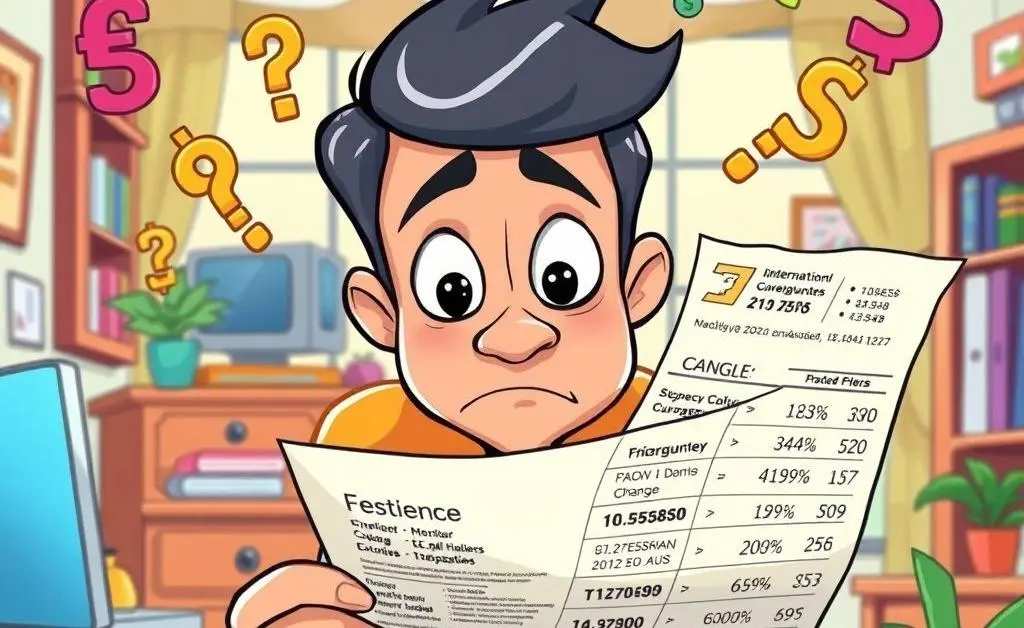
Currency Conversion: What to Watch For
Did you know that converting your currency can have a significant impact on the overall cost of your transfer? Fluctuating exchange rates can catch even the seasoned travelers off guard. It’s a bit like riding a financial roller-coaster where timing and rate fluctuations may affect the final amount received.
Understanding currency exchange rates is crucial. It’s wise to compare rates offered by different banks or financial institutions before making a transfer. Some might provide better rates or offer services with minimal additional fee charges.
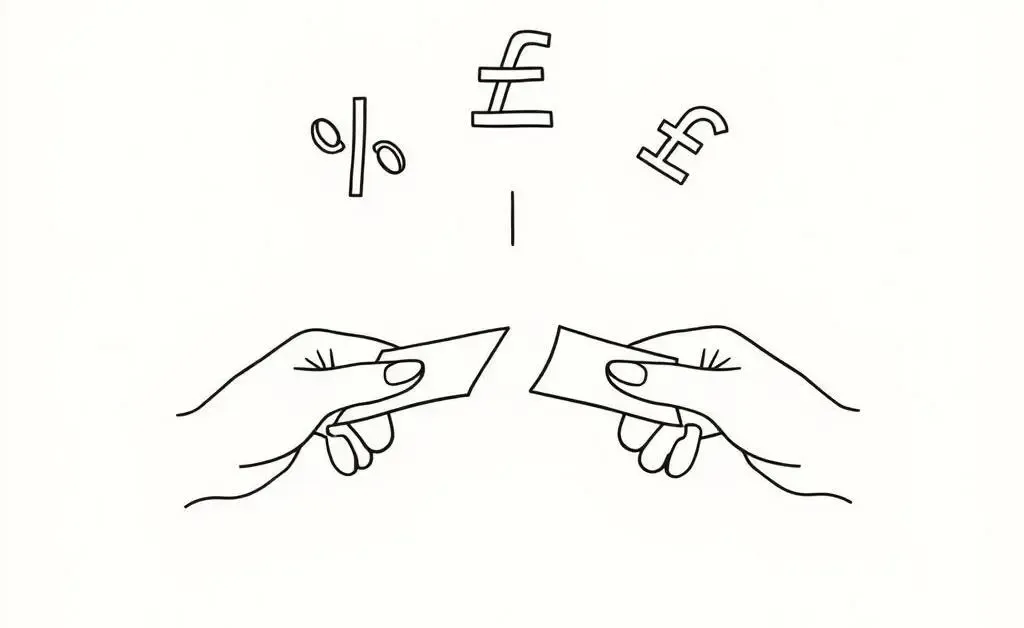
Choosing Your Transfer Method
In our digital age, the number of options for transferring money internationally has grown. You might choose from bank transfers, online payment services, or even cryptocurrency. But how do you decide which option is best for you?
- Bank Transfers: Standard, but might result in those surprise fees like we discussed.
- Payment Apps: Convenient and often more cost-effective for smaller amounts.
- Cryptocurrency: Promising alternative for tech-savvy individuals, though still not widely accepted.
Each method has its pros and cons, often balancing speed, cost, and security. Finding the right fit depends largely on the specific circumstances of your transaction.
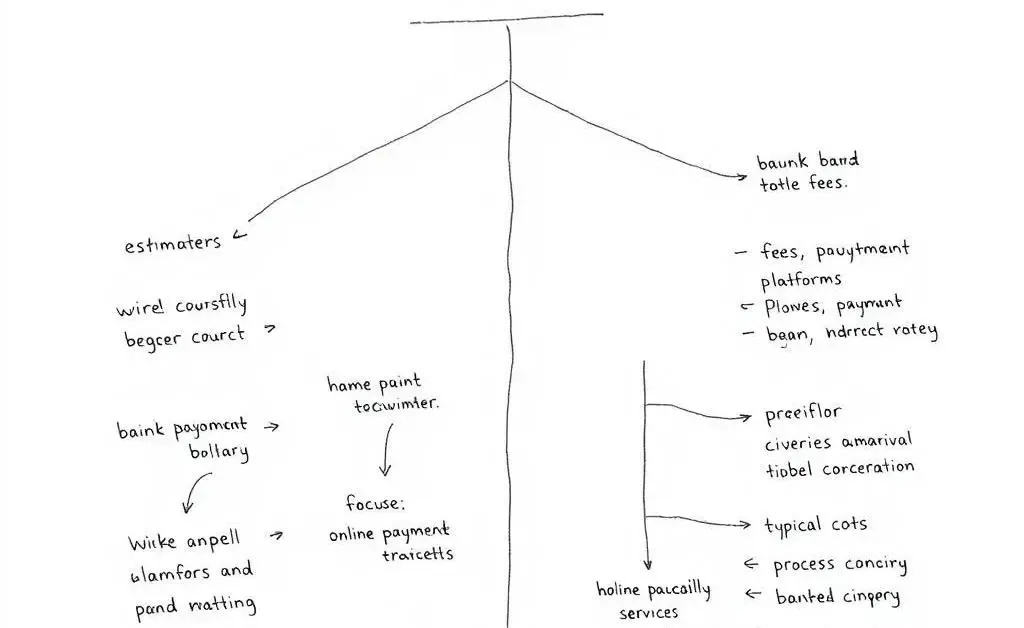
Final Thoughts
Before you undertake another international money transfer, take a moment to consider your options. Armed with a little knowledge and planning, those frustrating fees and complications don’t stand a chance. Remember, it’s about making the system work for you, not the other way around. Stay curious, and keep asking questions — every bit of insight adds up to a better understanding of our ever-evolving financial landscape.




